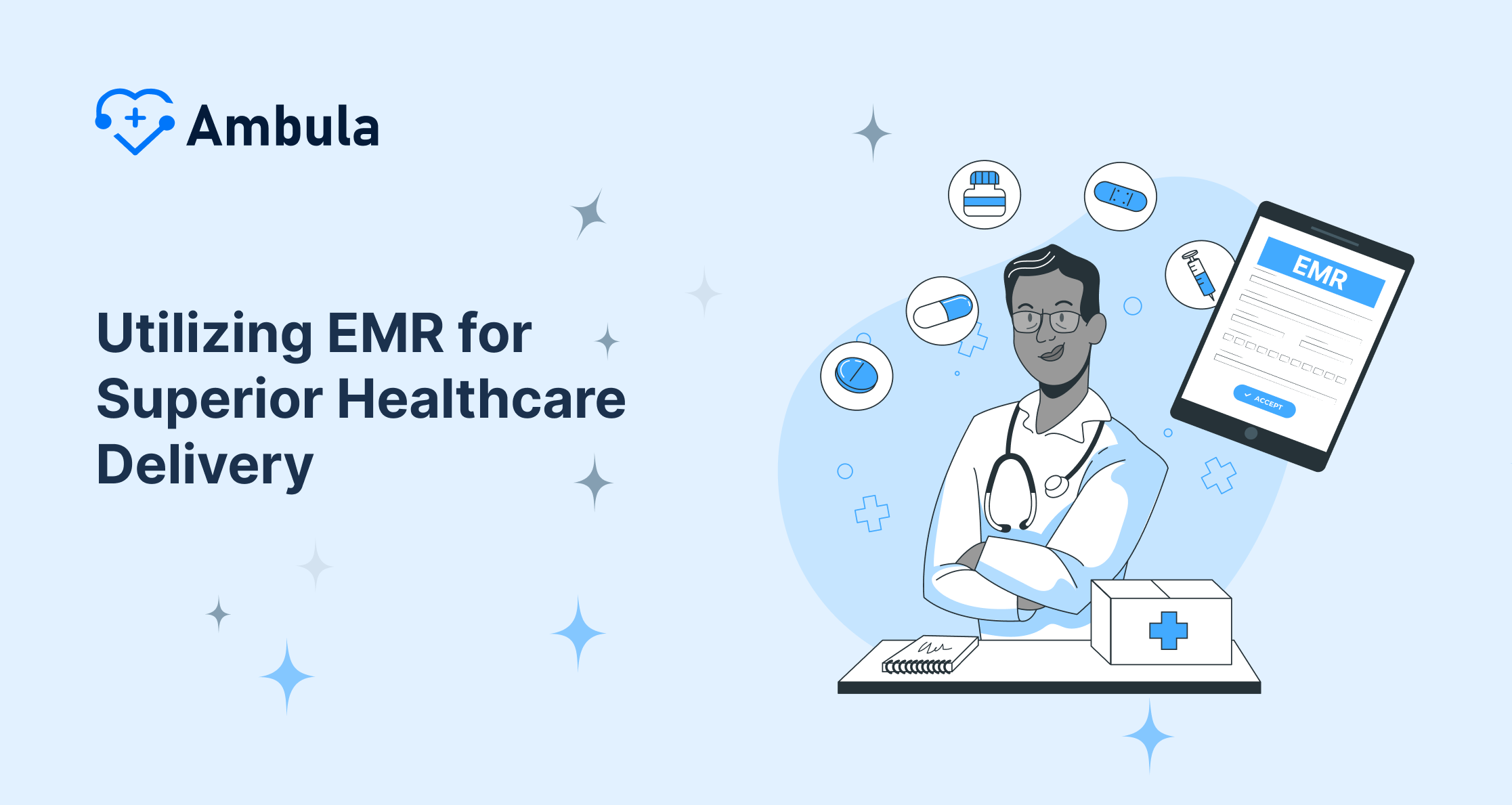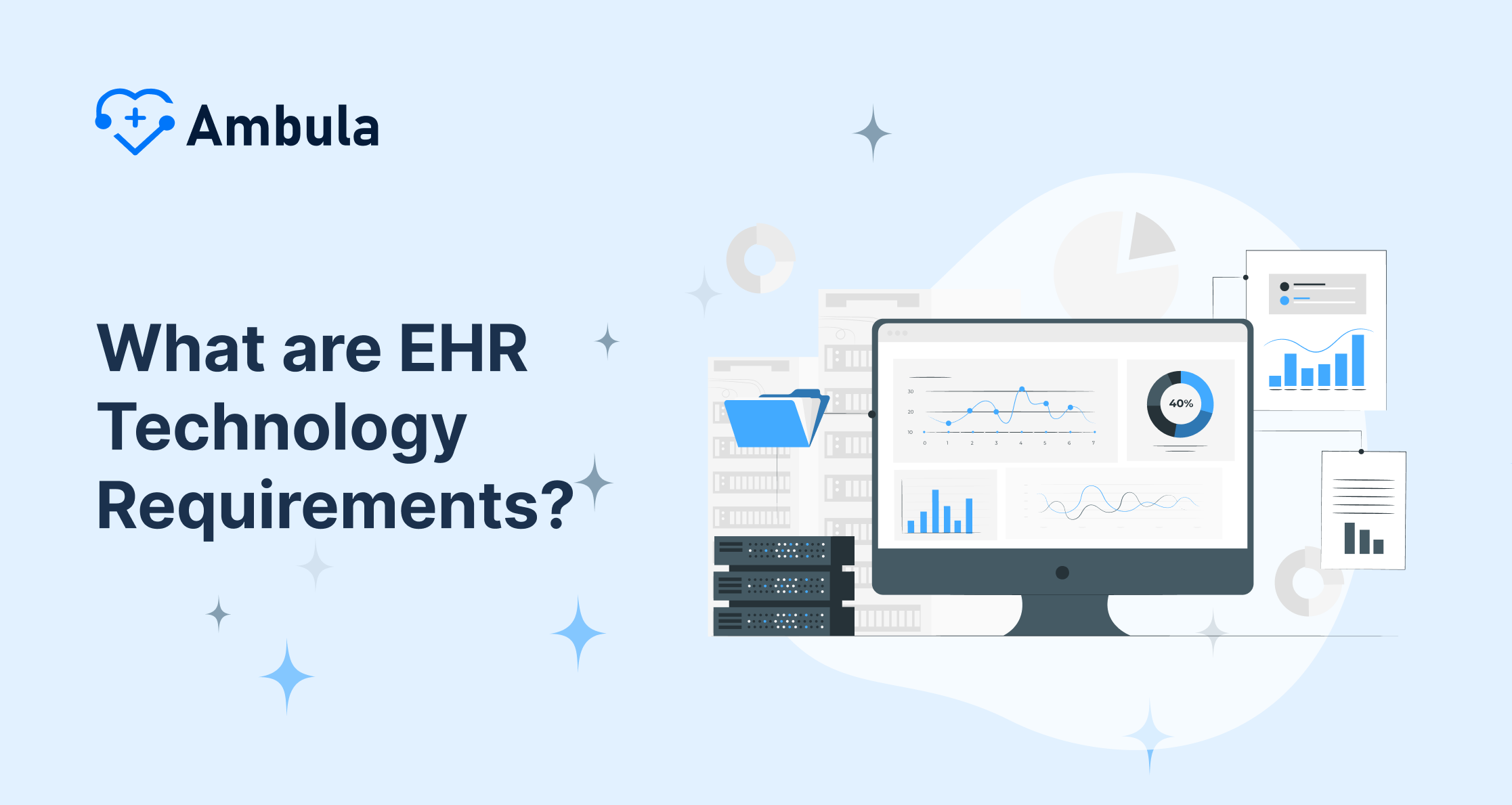
Data governance is a critical component of healthcare delivery and transformation. It manages data throughout its lifecycle, from creation to disposal, to ensure that it is high quality, secure, and compliant with all applicable regulations. This article will discuss seven essential practices for data governance in healthcare:
- Establish a data governance framework
- Define data roles and responsibilities
- Develop data standards and policies
- Implement data quality management
- Protect data security and privacy
- Enable data access and sharing
- Monitor and evaluate data governance
Establish a data governance framework
A data governance framework is a set of policies, procedures, and standards that define how data is managed and used within an organization. Healthcare organizations need a data governance framework to ensure that their data is secure, compliant, and accessible to those who need it.
To establish a data governance framework, you should start by identifying the key stakeholders involved in data management at your organization. This may include representatives from clinical, IT, legal, and compliance departments. Once you have identified the key stakeholders, you should work with them to develop a framework that addresses the following areas:
- Data ownership and stewardship: Who owns and is responsible for different data types within your organization?
- Data access and sharing: Who has access to different data types, and how is it shared?
- Data security and privacy: How is data protected from unauthorized access, use, or disclosure?
- Data quality: How do you ensure your data is accurate, complete, and timely?
- Data retention and disposal: How long do you keep different types of data, and how is it disposed of when it is no longer needed?
Once you have developed a data governance framework, it is important to communicate it to all staff members and train them on their roles and responsibilities. You should also regularly review and update your framework to ensure it remains effective.
Define data roles and responsibilities.
Once you have established a data governance framework, you must define the data roles and responsibilities for different individuals and teams within your organization. This will help to ensure that everyone knows who is responsible for what data and that data is managed and used consistently across the organization.
Data roles and responsibilities are essential for ensuring data is managed and used effectively in healthcare organizations. By clearly defining and communicating data roles and responsibilities, you can help to improve data quality, security, and compliance.
Some key data roles and responsibilities include:
- Data owner: The data owner is responsible for the overall management and governance of a specific data type. This may include setting data standards, managing data access, and ensuring that data is used in compliance with all applicable regulations.
- Data steward: The data steward is responsible for managing a specific data type. This may include data quality assurance, data reporting, and data analysis.
- Data user: The data user is anyone who accesses or uses data. This may include clinicians, researchers, and administrative staff.
It is important to clearly define the roles and responsibilities for each data role, and to communicate them to all staff members. You should also develop training programs to help staff members understand their roles and responsibilities and how to comply with your organization’s data governance policies.
Develop data standards and policies.
Developing data standards and policies is a crucial step in streamlining healthcare information systems. When you establish clear guidelines for data management, you’re not only promoting efficiency but also safeguarding the integrity and security of the information you handle.
An important place to start would be defining what constitutes ‘standard data’ in your organization. This can include classification systems and terminologies, such as the International Classification of Diseases (ICD) or the Systematized Nomenclature of Medicine – Clinical Terms (SNOMED CT). Standardization ensures that there’s a common language spoken across not just your organization but also the broader healthcare landscape.
In terms of policies, you need mechanisms to control how data is collected, stored, processed, and shared. A forward-looking approach would be designing policies that are in line with your organization’s values and the law, including the landmark Health Insurance Portability and Accountability Act (HIPAA).
Implement data quality management.
Data quality management (DQM) is the process of ensuring that data is accurate, complete, timely, consistent, and accessible. Healthcare organizations need to implement DQM programs to ensure that their data is reliable and can be used to make informed decisions about patient care, population health, and operational efficiency.
There are several steps that you can take to implement a DQM program in your healthcare organization:
1. Identify your data quality goals. What specific data quality issues do you need to address? For example, do you need to improve the accuracy of your patient records? Reduce the number of duplicate records. Or make your data more accessible to clinicians and researchers?
2. Assess your current data quality. Once you know your data quality goals, you need to assess your current data quality to identify areas where improvement is needed. You can do this by using data quality tools and techniques, such as data profiling, data cleansing, and data matching.
3. Develop and implement data quality policies and procedures. Once you have identified your data quality goals and assessed your current data quality, you must develop and implement data quality policies and procedures. These policies and procedures should define the roles and responsibilities for data quality, as well as the specific steps that should be taken to ensure data quality.
4. Monitor and evaluate your data quality program. It is important to monitor and evaluate your data quality program regularly to ensure that it is effective and meets your goals. You can do this by tracking key performance indicators (KPIs), such as the percentage of accurate records, the number of duplicate records, and the average time it takes to resolve data quality issues.
DQM is essential for healthcare organizations to ensure that their data is reliable and can be used to make informed decisions. By implementing a DQM program, you can improve the quality of your data, reduce errors, and save money.
Protecting data security and privacy in healthcare organizations
Protecting data security and privacy is essential for healthcare organizations. Data breaches can lead to the theft of sensitive patient information, such as names, addresses, and medical histories. This information can be used for fraud, identity theft, or other criminal activities.
There are a number of things that healthcare organizations can do to protect data security and privacy:
- Implement data encryption: Data encryption is converting data into a format that can only be read by authorized individuals. By encrypting data, healthcare organizations can help to protect it from unauthorized access, even if it is stolen.
- Use strong passwords: All users of healthcare organization systems should use strong passwords that are difficult to guess. Passwords should be at least 12 characters long and should include a mix of upper and lowercase letters, numbers, and symbols.
- Provide security awareness training to staff: All staff members should be trained on data security and privacy best practices. This training should cover topics such as password security, phishing scams, and how to identify and report suspicious activity.
- Implement a security incident response plan: Healthcare organizations should have a plan in place for responding to data security incidents. This plan should include steps for identifying and containing incidents, notifying affected individuals, and investigating the cause of the incident.
Implement data quality management.
Putting in place a strategic data quality management system is essential for any healthcare organization. Why? Because it can significantly impact patient care outcomes. High-quality data is not only accurate and reliable but also timely, relevant, and easily accessible.
Importance of data quality
Implementing data quality management starts with a structured process. First, define what quality metrics to track. You could focus on the completeness, accuracy, consistency, and timeliness of data. Then, set up methods for capturing and measuring these metrics.
Remember, data quality management isn’t a one-off process but an ongoing one. Regular audits and assessments of data quality are crucial. A system that effectively identifies and addresses inaccuracies can lead to marked improvements in patient care. Consider, for example, that inaccurate patient identification and wrong data matching is estimated to cost the U.S. healthcare system $6 billion annually.
Now, considering the humongous amount of data that healthcare organizations tackle daily, manual data quality management may not only be time-consuming but also fraught with errors. This is where technology comes in. Investing in sophisticated data quality tools can automate the process and deliver more accurate results.
Tools and technologies
Speaking of technology, AI and Machine learning have come into the spotlight in recent years. These technologies can provide unparalleled assistance in managing data quality. With rigorous
checking of data consistency and detection of anomalies, these tools can make an impactful difference. Health IT Analytics predicts that by 2025, 95% of data in the healthcare sector will be relevant and useful all because of the use of such innovative tools in data quality management.
To sum it up, implementing data quality management is non-negotiable for the success of your healthcare organization. While it may require an initial investment in terms of resources and capital, the returns in terms of efficient healthcare services and patient safety are undeniable. This makes data quality management a must-have component in today’s data-driven healthcare environment.
Monitor and evaluate data governance.
Monitoring and evaluating data governance is integral to ensuring data integrity and relevance in healthcare organizations. It’s not enough to put a data governance strategy into place; you must continually scrutinize these systems to verify they meet your desired goals.
Identifying key metrics to measure data governance effectiveness is pivotal in this endeavor. You might want to measure the frequency of data errors, the percentage of incomplete records, or the accuracy of decision-making information. By monitoring these metrics, you gain insight into whether your data governance strategy is effective or needs tweaks.
Add to these metrics a periodic review of data breaches and security incidents. This is crucial as, per a survey by Black Book Market Research, in 2020, 73% of health systems reported having compromised data security in some way. Moreover, 93% mentioned they foresee proactive data governance and data management as high priorities.
An effective data governance review process starts with assembling your governance committee – a multidisciplinary team that includes physicians, IT professionals, and administrative personnel. This team can spearhead the review process by regularly evaluating these metrics, identifying loopholes, and brainstorming strategies for improvement.
Short Conclusion
By following the seven essential practices for data governance in healthcare, organizations can improve the quality, security, and accessibility of their data. This can lead to a number of benefits, including improved patient care, better decision-making, reduced costs, and compliance with regulations.




